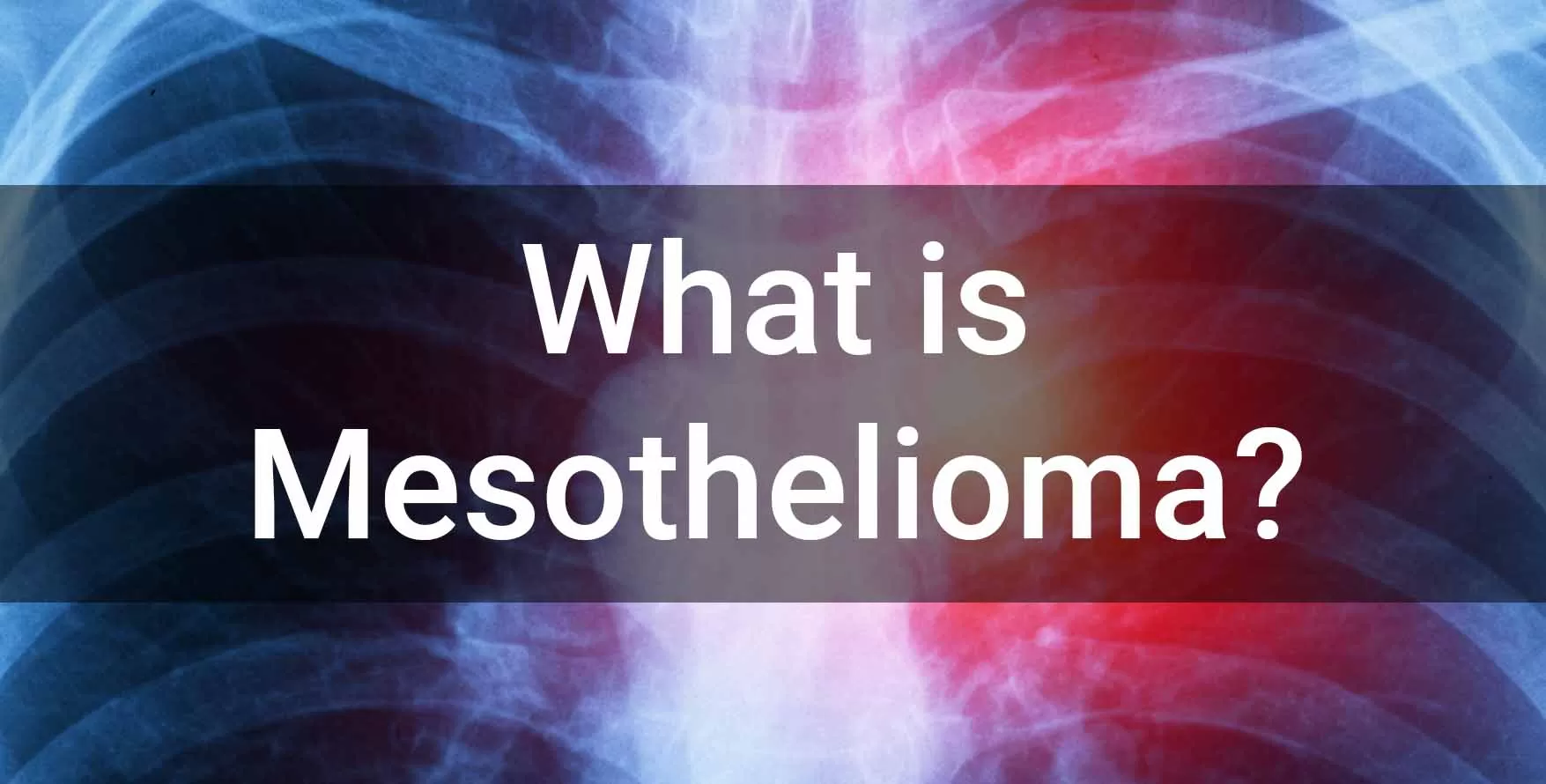Introduction
Mesothelioma, a rare but aggressive form of cancer, primarily targets the thin tissue layer lining our organs. Primarily linked to asbestos exposure, this disease disproportionately affects veterans, mainly due to the extensive use of asbestos in military applications. This article will uncover the mysteries of mesothelioma, explore its connection with veterans, and share essential resources for those affected.
Related Articles:
- How to Access and Use Your VA Health Care Benefits: A Comprehensive Guide
- New VA Health Assessment Procedure: Streamlining Compensation for Transitioning Service Members
- How to Apply for Disability Compensation as a Veteran: A Step-by-Step Guide
- A Comprehensive Guide to Navigating Veterans’ Benefits and Entitlements
Understanding Mesothelioma
Mesothelioma originates in the mesothelium, a protective lining that covers most of our internal organs. Predominantly, it develops in the lining of the lungs (pleural mesothelioma) or the abdomen (peritoneal mesothelioma). The disease is notorious for its long latency period—symptoms may not appear until 20 to 50 years post-exposure, which often leads to late-stage diagnosis.
Asbestos exposure is the primary culprit behind mesothelioma. Asbestos, a group of heat-resistant, fibrous minerals, were extensively used across multiple industries for their strength, insulation capabilities, and resistance to chemical damage. However, when disturbed, asbestos fibers can become airborne. If inhaled or ingested, these fibers can embed themselves into the lung or abdominal lining, leading to cellular damage and, eventually, mesothelioma.
The Veterans’ Risk
Asbestos played a significant role in the military, particularly in the Navy, throughout much of the 20th century. Ships, submarines, and shipyards were rife with asbestos-containing materials—used for insulation, fireproofing, and soundproofing. Thus, Navy veterans, along with those who served in shipyards, are particularly susceptible to asbestos-related diseases, including mesothelioma.
However, the risk is not exclusive to the Navy. Veterans from the Army, Marine Corps, Air Force, and Coast Guard may also have been exposed to asbestos in military buildings or vehicles. Occupational exposure poses an additional risk—veterans engaged in construction, pipefitting, demolition, and other similar trades post-service may have encountered asbestos.
Statistics reveal the sobering impact of mesothelioma on the veteran population. According to the U.S. Department of Veterans Affairs, veterans account for approximately 30% of all U.S. mesothelioma fatalities.
Identifying Mesothelioma
Identifying mesothelioma is challenging due to its long latency period and non-specific symptoms. Common signs include chest pain, shortness of breath, fatigue, and unexplained weight loss. However, these symptoms often manifest only in the advanced stages, complicating early detection and treatment.
Mesothelioma’s diagnosis typically involves imaging tests, biopsies, and, sometimes, blood tests. Treatment is contingent on the cancer stage and patient’s overall health, often encompassing surgery, chemotherapy, and radiation therapy. While there’s currently no cure, these treatments can enhance life quality and potentially extend survival.
Support for Affected Veterans
Veterans diagnosed with mesothelioma can access benefits through the VA, including disability compensation and healthcare. The VA also offers aid in filing claims and navigating the benefits system, helping veterans get the support they deserve.
In addition to VA assistance, numerous advocacy groups provide resources ranging from emotional support and financial aid to legal advice. Veterans suffering from mesothelioma are not alone—the community stands ready to help.
Conclusion
Mesothelioma, while rare, represents a significant health concern for our nation’s veterans due to their history of asbestos exposure during service. Increased awareness and understanding of this aggressive disease are paramount to supporting affected veterans and advancing research towards improved treatments and, eventually, a cure.
Even though a diagnosis of mesothelioma can be daunting, it is essential to remember that resources are available. Veterans and their families should reach out to the VA and other supportive organizations that can provide comprehensive assistance and guidance in navigating this challenging journey.
Moreover, annual medical check-ups can help with early detection, especially for veterans known to have been exposed to asbestos. If you are a veteran and suspect you were exposed to asbestos during your service, consider sharing this information with your healthcare provider, even if symptoms are not apparent.
Lastly, advocating for stricter asbestos regulations and supporting asbestos ban legislation can protect future generations of veterans from the risks of mesothelioma. This aggressive disease has already impacted too many lives. Together, through awareness, support, and advocacy, we can work towards a future where no veteran faces the threat of mesothelioma.




